How to Stay Safe While Using Public Exchanges and Wallets
In the rapidly evolving world of cryptocurrency, ensuring your safety while using public exchanges and wallets is paramount. With the rise of digital currencies, the potential for investment gains is immense, but so are the risks associated with them. Whether you're a seasoned trader or a curious newcomer, understanding how to protect your investments and personal information is crucial. This article provides essential tips and strategies that can help you navigate the often treacherous waters of public cryptocurrency exchanges and wallets, ensuring that your assets remain secure and your experience enjoyable.
Public exchanges are platforms that facilitate the buying, selling, and trading of cryptocurrencies. Think of them as bustling marketplaces where digital currencies are exchanged like goods in a traditional bazaar. However, just like in any marketplace, knowing how these exchanges operate can help you avoid common pitfalls. Public exchanges can vary significantly in terms of security features, fees, and user experience. Some may offer advanced trading options and lower fees, while others may prioritize user-friendliness. Understanding the nuances of these platforms can make a world of difference in your trading journey.
Selecting the right wallet is a critical step in safeguarding your cryptocurrency assets. A wallet is essentially a digital vault where your cryptocurrencies are stored, and choosing the right one can protect you from theft and loss. There are various types of wallets available, each with distinct features that enhance their security against potential threats. For instance, some wallets are designed with advanced encryption methods, while others offer multi-signature capabilities. It's essential to evaluate your needs and consider the level of security you require before making a decision.
When it comes to cryptocurrency wallets, understanding the difference between hot wallets and cold wallets is vital for your safety. Hot wallets are connected to the internet, making them incredibly convenient for everyday transactions. However, this connectivity also makes them more vulnerable to hacking attempts and other online threats. On the flip side, cold wallets store your assets offline, providing a higher level of security. Imagine a cold wallet as a safe deposit box in a bank—it's secure, but accessing it requires more effort. Knowing these differences can help you make informed decisions about where to store your cryptocurrencies.
Cold wallets offer numerous advantages that significantly enhance your security. By keeping your private keys offline, cold wallets minimize the risk of hacking or theft. This is especially important for long-term investors who may not need immediate access to their assets. Additionally, cold wallets are less susceptible to malware and phishing attacks, providing peace of mind. When considering a cold wallet, look for options that offer robust encryption and a user-friendly interface to simplify the management of your assets.
While hot wallets are user-friendly and convenient for quick transactions, they come with inherent risks. The online nature of hot wallets exposes them to various threats, such as phishing attacks and hacking attempts. To mitigate these risks, it's crucial to implement best practices such as using strong, unique passwords and enabling two-factor authentication. It's also wise to limit the amount of cryptocurrency stored in hot wallets to reduce potential losses. By being aware of these risks, you can make informed choices about how to manage your digital assets.
Implementing best practices can significantly enhance your wallet security. Here are some essential measures to protect your wallet from unauthorized access and theft:
- Use Strong Passwords: Create complex passwords that are difficult to guess.
- Enable Two-Factor Authentication: Adding an extra layer of security can help protect your accounts.
- Regularly Back Up Your Wallet: Ensure that you have copies of your wallet data in case of device failure.
- Keep Software Updated: Regular updates can fix vulnerabilities and enhance security features.
Scams and fraud are rampant in the cryptocurrency space, and learning to identify common scams can help you avoid falling victim to malicious schemes. The digital realm can be deceptive, with scammers using sophisticated tactics to trick unsuspecting users. Awareness is your best defense. By staying informed and vigilant, you can protect your investments and ensure a safer trading experience.
Phishing attacks are one of the most common tactics used by cybercriminals to trick users into revealing sensitive information. These attacks often come in the form of emails or fake websites that mimic legitimate services. To recognize and avoid phishing attempts, always check the URL of the website you are visiting and be cautious of unsolicited emails. If something seems off, it probably is. Remember, it's better to be safe than sorry!
Fake exchanges can lure unsuspecting users, leading to significant financial losses. These fraudulent platforms often promise unrealistically high returns or low fees to entice users. To spot a fake exchange, look for red flags such as poor website design, lack of customer support, or absence of regulatory compliance. Always do your research before trading on any platform, and consider using well-known exchanges with a solid reputation.
Regularly updating your software is essential for maintaining security. Just like you wouldn't drive a car with outdated brakes, you shouldn't use outdated software to manage your cryptocurrency. Keeping your wallets and devices updated defends against vulnerabilities and threats. Many updates include security patches that address known issues, so staying current is a simple yet effective way to enhance your safety.
Two-factor authentication (2FA) adds an extra layer of security to your accounts. By requiring a second form of verification—such as a text message or authentication app—2FA helps protect your cryptocurrency holdings from unauthorized access. Setting up 2FA is straightforward and can significantly reduce the risk of account compromise. Always enable this feature whenever possible, as it serves as a crucial safeguard for your investments.
The cryptocurrency landscape is constantly evolving, and staying informed about the latest security trends and threats can help you adapt your strategies. Following reputable news sources, joining online communities, and participating in discussions can keep you updated on emerging threats and best practices. Knowledge is power, and being proactive about your security can make all the difference in your cryptocurrency journey.
Q: What is the safest way to store my cryptocurrency?
A: The safest way to store your cryptocurrency is in a cold wallet, which keeps your assets offline and away from potential online threats.
Q: How can I recognize a legitimate exchange?
A: Look for exchanges with a solid reputation, positive user reviews, and regulatory compliance. Always do your research before trading.
Q: Is two-factor authentication really necessary?
A: Yes! Two-factor authentication adds an essential layer of security that can protect your accounts from unauthorized access.
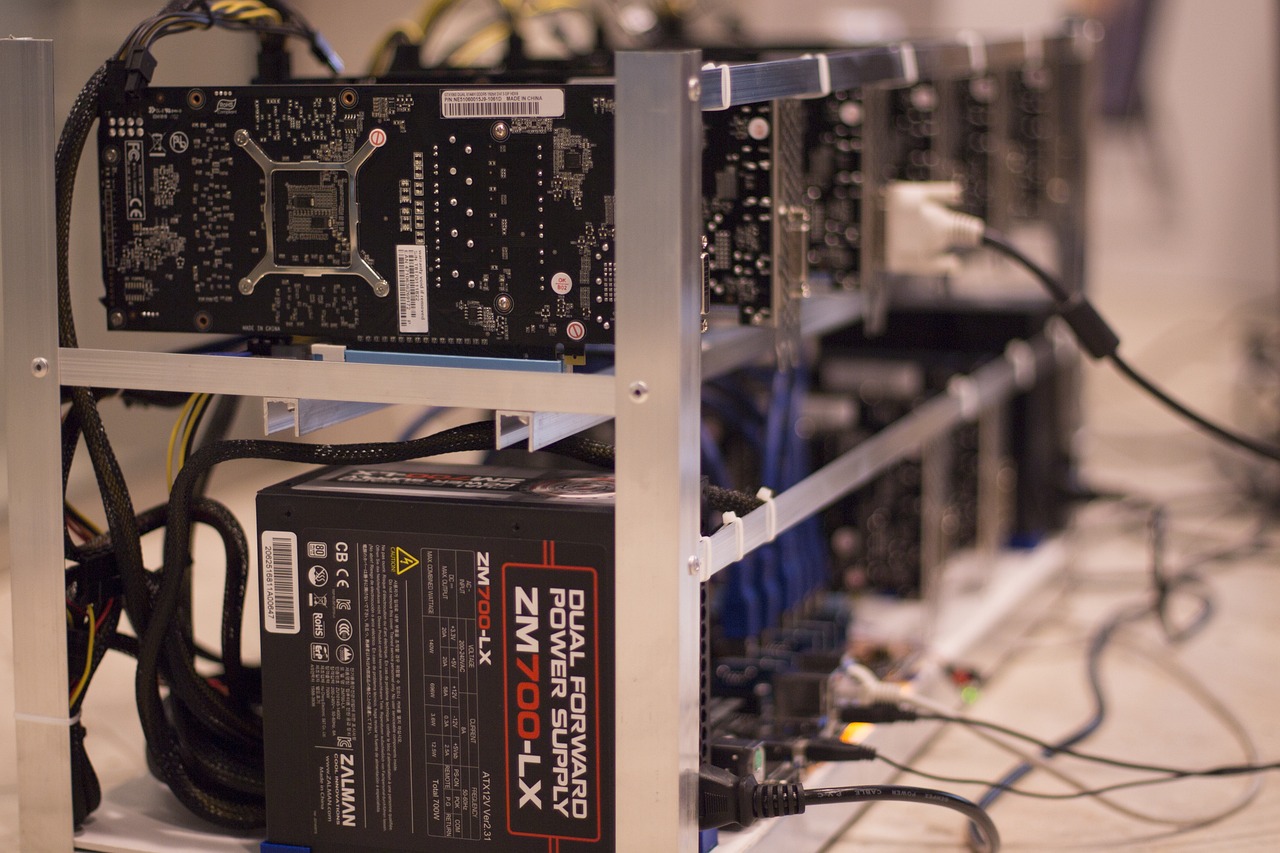
Understanding Public Exchanges
This article provides essential tips and strategies for ensuring your safety while using public cryptocurrency exchanges and wallets, helping you protect your investments and personal information effectively.
Public exchanges are the bustling marketplaces of the cryptocurrency world, where users can buy, sell, and trade various cryptocurrencies. Think of them as the stock exchanges of the digital currency realm. However, this convenience comes with its own set of risks. Understanding how these exchanges operate is crucial for navigating them safely and avoiding common pitfalls associated with their use.
When you use a public exchange, you are essentially trusting a third party to handle your transactions. This trust is built on the exchange's reputation, security measures, and regulatory compliance. But here's the kicker: not all exchanges are created equal. Some might be secure and reliable, while others could be a hotbed for scams and fraud. Therefore, it’s essential to do your homework before diving in.
One of the first steps is to look for reputable exchanges that have a history of secure operations. You can evaluate their reputation by checking user reviews, regulatory compliance, and the security features they offer. Here’s a quick checklist to help you assess an exchange:
- Security Features: Look for two-factor authentication (2FA), encryption, and withdrawal whitelist options.
- Regulatory Compliance: Ensure the exchange complies with local regulations, which can provide an added layer of security.
- User Feedback: Read reviews and testimonials from other users to gauge their experiences.
- Customer Support: A responsive customer support team can be invaluable in times of need.
Moreover, the landscape of public exchanges is ever-changing. New exchanges pop up all the time, and while some may offer great deals or unique features, they might not have a proven track record. Therefore, it’s crucial to stay vigilant and informed. Always be on the lookout for news about exchanges and their security practices.
As you navigate these public exchanges, remember that your personal information is just as important as your cryptocurrency assets. Many exchanges require you to provide personal details for account verification, which can be a target for hackers. Thus, always use strong, unique passwords and enable two-factor authentication whenever possible. It’s like locking your front door and installing an alarm system—better safe than sorry!
In summary, understanding public exchanges is not just about knowing how to trade; it’s about arming yourself with the knowledge to protect your investments and personal information. By choosing reputable platforms and staying informed, you can navigate the world of cryptocurrency with confidence and security.
Selecting the right wallet is crucial for safeguarding your assets. This section discusses various types of wallets and the features that enhance their security against potential threats.
Hot wallets are connected to the internet, making them convenient but vulnerable. Cold wallets, on the other hand, offer enhanced security by storing assets offline. Understanding their differences is vital for your safety.
Cold wallets provide a higher level of security by keeping your private keys offline, making them less susceptible to hacking or theft. This section explores their advantages in detail.
While hot wallets are user-friendly, they carry inherent risks due to their online nature. This section highlights the potential dangers and how to mitigate them while using hot wallets.
Implementing best practices can significantly enhance your wallet security. This section outlines essential measures to protect your wallet from unauthorized access and theft.
Scams and fraud are prevalent in the cryptocurrency space. Learning to identify common scams can help you avoid falling victim to malicious schemes and protect your investments.
Phishing attacks often trick users into revealing sensitive information. This section explains how these attacks work and offers tips on recognizing and avoiding them effectively.
Fake exchanges can lure unsuspecting users, leading to significant losses. This section discusses how to spot fraudulent exchanges and ensure you are trading on legitimate platforms.
Regularly updating your software is essential for maintaining security. This section emphasizes the importance of keeping wallets and devices updated to defend against vulnerabilities and threats.
Two-factor authentication (2FA) adds an extra layer of security to your accounts. This section explains how to set up 2FA and its importance in protecting your cryptocurrency holdings.
The cryptocurrency landscape is constantly evolving. Staying informed about the latest security trends and threats can help you adapt your strategies and enhance your safety while using public exchanges and wallets.
Here are some common questions regarding safety in public exchanges and wallets:
- What is the safest type of wallet? Cold wallets are generally considered the safest option for storing cryptocurrencies.
- How can I tell if an exchange is legitimate? Look for user reviews, regulatory compliance, and strong security features.
- What should I do if I suspect a phishing attack? Do not click on any links, report the email, and change your passwords immediately.
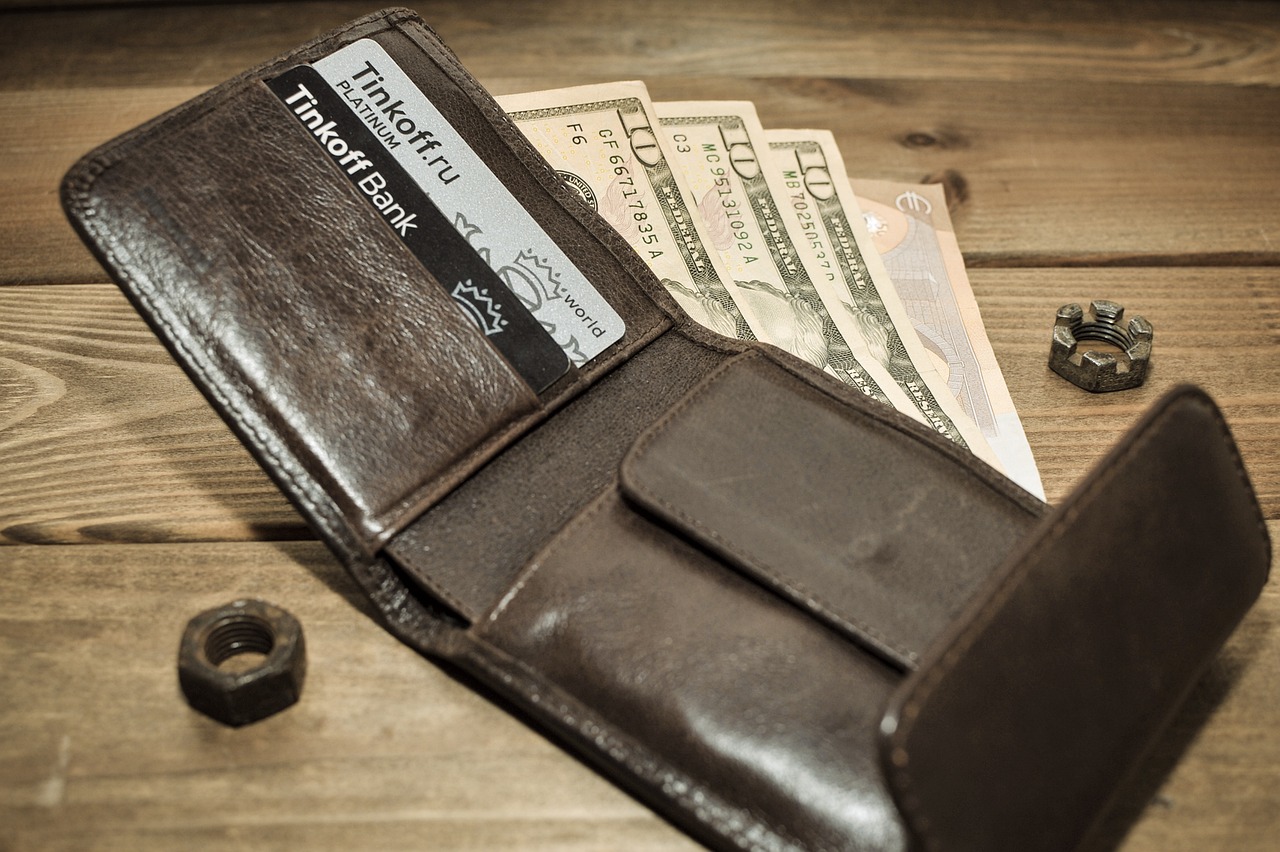
Choosing a Secure Wallet
When it comes to managing your cryptocurrency, is one of the most critical decisions you'll make. With the increasing popularity of digital currencies, the number of wallets available has surged, each boasting unique features and security measures. But how do you sift through the options to find one that truly protects your assets? It's essential to understand the different types of wallets available and what makes them secure.
Firstly, wallets can generally be categorized into two main types: hot wallets and cold wallets. Hot wallets are connected to the internet, which makes them convenient for everyday transactions. However, this connectivity also exposes them to potential threats. Cold wallets, on the other hand, store your cryptocurrency offline, making them far less vulnerable to hacking attempts. Understanding these distinctions is crucial for your safety.
When evaluating wallets, consider the following features that enhance security:
- Private Key Control: Ensure that you have full control over your private keys. This means that only you can access your funds.
- Encryption: Look for wallets that offer strong encryption methods to protect your data.
- Backup Options: A secure wallet should provide easy backup options so you can recover your funds if necessary.
- User Reviews: Research user feedback and reviews to gauge the reliability and security of the wallet.
Additionally, it’s wise to check for any security audits that the wallet provider might have undergone. Third-party audits can give you peace of mind that the wallet has been tested for vulnerabilities. Some wallets even offer multi-signature authentication, which requires multiple approvals for transactions, adding an extra layer of security.
In the world of cryptocurrency, your wallet is like a vault; the more secure it is, the safer your assets will be. Always remember that while convenience is essential, it should never come at the cost of security. Make an informed decision, and don't hesitate to invest a bit more time in researching the best wallet options available. After all, your financial safety is worth it!
Here are some common questions regarding choosing a secure wallet:
- What is the safest type of wallet? Cold wallets are generally considered the safest because they are not connected to the internet.
- Can I use multiple wallets? Yes, many users opt for a combination of hot and cold wallets to balance convenience and security.
- How often should I back up my wallet? It's advisable to back up your wallet every time you make significant changes or transactions.
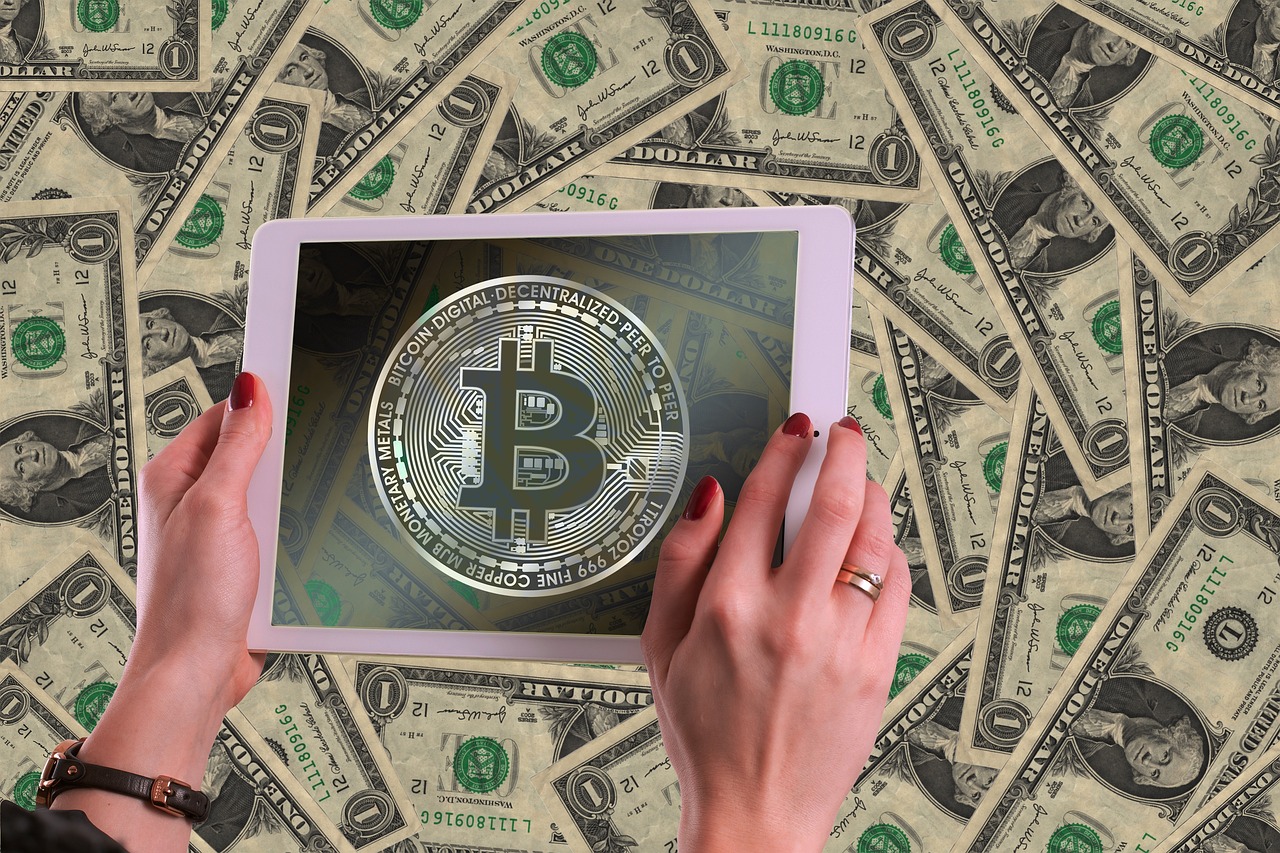
Hot Wallets vs. Cold Wallets
When it comes to managing your cryptocurrency, understanding the difference between hot wallets and cold wallets is absolutely crucial. Think of hot wallets as the bustling, vibrant streets of a city where everything is lively and accessible. They are connected to the internet, making them incredibly convenient for quick transactions. However, this connectivity also means they are more vulnerable to attacks, much like a busy street can be prone to pickpockets and scams. On the other hand, cold wallets are like a well-guarded fortress, standing strong against the chaos of the outside world. They store your assets offline, providing an extra layer of security that hot wallets simply can't match.
To further illustrate this, let’s break down the characteristics of each type of wallet:
| Feature | Hot Wallets | Cold Wallets |
|---|---|---|
| Connection | Online | Offline |
| Accessibility | High | Low |
| Security Level | Lower | Higher |
| Best For | Frequent trading | Long-term storage |
While hot wallets are perfect for those who are actively trading and need quick access to their funds, they come with inherent risks. Cybercriminals often target these wallets, using various tactics to steal your hard-earned cryptocurrency. For instance, if you’re using a hot wallet, it’s essential to regularly monitor your account and stay vigilant against suspicious activities.
Cold wallets, in contrast, are ideal for those who prefer to store their assets securely for the long haul. They are less convenient for daily transactions but provide peace of mind knowing that your private keys are kept offline, far away from prying eyes. If you think of your cryptocurrency as valuable art, a cold wallet is like a safe where you can store your masterpieces, protected from theft and damage.
In summary, choosing between hot and cold wallets ultimately depends on your individual needs. If you’re a day trader who thrives on making quick trades, a hot wallet may be your best bet. However, if you’re looking to protect your investments for the long term, consider the fortress-like security of a cold wallet. Remember, in the world of cryptocurrency, staying informed and making educated decisions can save you from potential pitfalls.
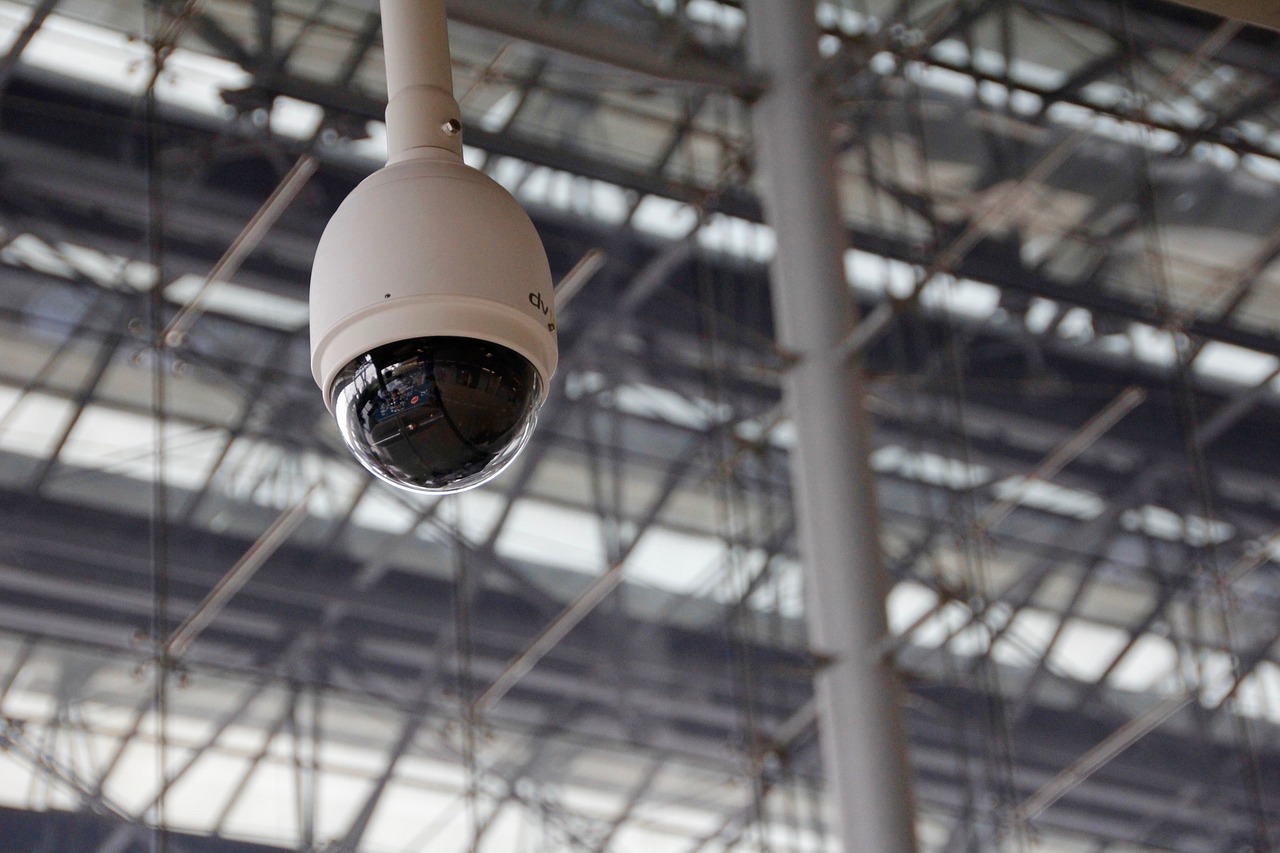
Benefits of Cold Wallets
When it comes to safeguarding your cryptocurrency investments, cold wallets stand out as a fortress against potential threats. Unlike their hot wallet counterparts, which are constantly connected to the internet, cold wallets operate offline, providing an extra layer of security that is hard to breach. Think of a cold wallet as a safe deposit box in a bank—it's not easily accessible, but that's precisely what makes it so secure.
One of the most significant benefits of using a cold wallet is the protection it offers against hacking. Since cold wallets store your private keys offline, cybercriminals find it nearly impossible to access your funds remotely. This is a crucial point to consider, especially when you hear about high-profile hacks that have resulted in millions of dollars being stolen from online exchanges. With a cold wallet, your assets are tucked away, safe from prying eyes.
Additionally, cold wallets often come with advanced security features that enhance their safety. Many of them require physical access to the device, meaning that even if someone were to gain access to your computer or online accounts, they still wouldn't be able to access your cryptocurrency without the cold wallet itself. Some cold wallets also offer features like multi-signature support, which requires multiple approvals before a transaction can be made, adding another layer of security.
Here are some more benefits that make cold wallets a preferred choice for many cryptocurrency investors:
- Long-term Storage: Cold wallets are ideal for long-term storage of cryptocurrencies. If you plan to hold your assets for an extended period, keeping them in a cold wallet minimizes the risk of loss due to market volatility or exchange hacks.
- Lower Risk of Human Error: Since cold wallets are not connected to the internet, the chances of accidentally sending your funds to the wrong address or falling for phishing scams are significantly reduced.
- Peace of Mind: Knowing that your assets are securely stored offline can provide peace of mind, allowing you to focus on other aspects of your life without constantly worrying about your investments.
In summary, cold wallets offer unparalleled security for your cryptocurrency holdings. While they may not be as convenient for everyday transactions, the benefits they provide—especially in terms of security—far outweigh the drawbacks for those serious about protecting their digital assets. By choosing a cold wallet, you can rest assured that your investments are safe from the ever-evolving threats in the cryptocurrency landscape.
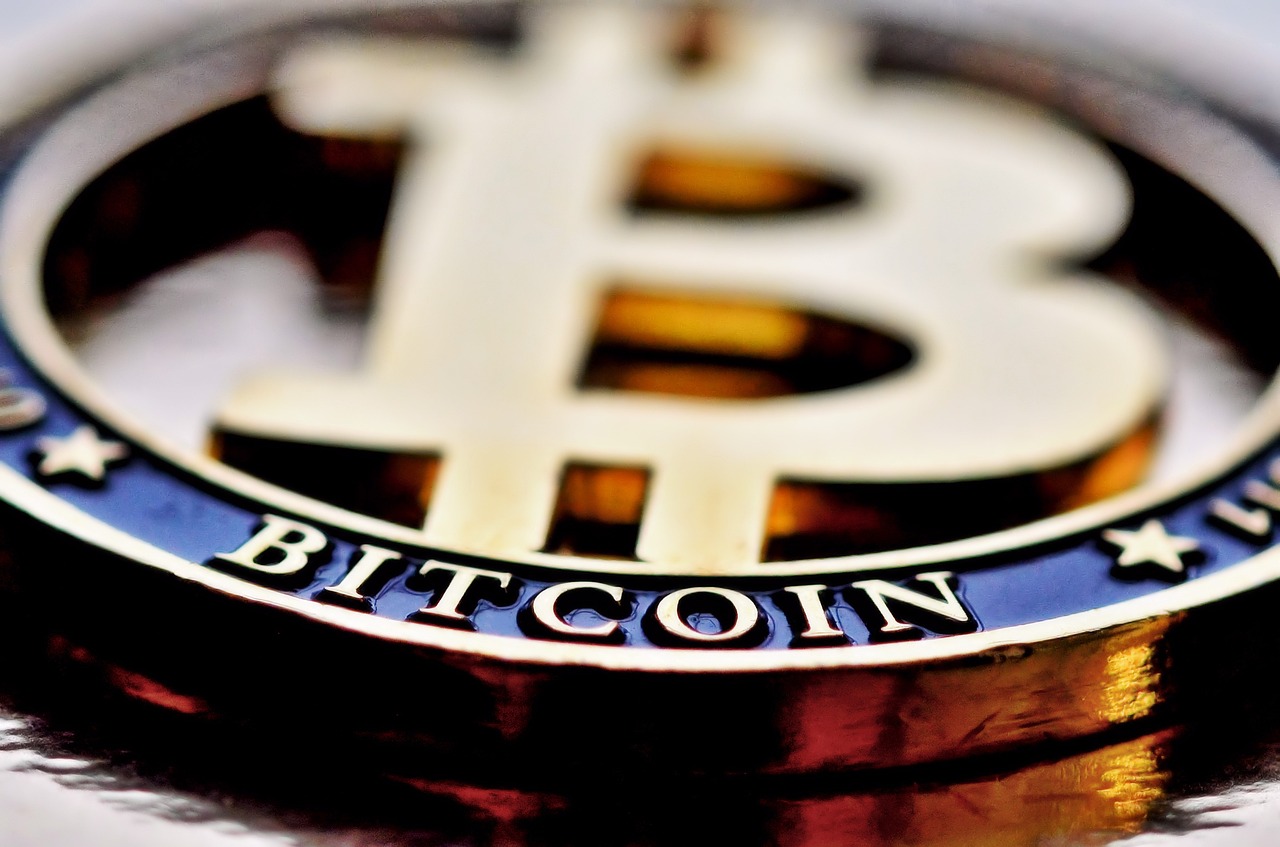
Risks of Hot Wallets
Hot wallets, while convenient, come with a set of inherent risks that every cryptocurrency user should be aware of. These wallets are connected to the internet, which makes them easily accessible for transactions but also exposes them to various security threats. Imagine leaving your front door wide open while you’re away; that’s essentially what using a hot wallet can feel like if you’re not careful.
One of the most significant risks associated with hot wallets is the threat of hacking. Cybercriminals are constantly on the lookout for vulnerabilities in online systems, and hot wallets are prime targets. If a hacker gains access to your hot wallet, they can potentially steal your entire cryptocurrency balance in a matter of seconds. This is particularly alarming given the decentralized nature of cryptocurrencies; once the assets are gone, they are often irretrievable.
Moreover, hot wallets are susceptible to phishing attacks, where attackers trick users into providing their private keys or login credentials. For instance, you might receive an email that appears to be from your wallet provider, asking you to verify your account. If you click on the link and enter your information, you’re handing over the keys to your digital vault. To mitigate this risk, always double-check the URL of the site you’re visiting and avoid clicking on suspicious links.
Another risk is the potential for software vulnerabilities. Just like any other software, hot wallets can have bugs or security flaws that cybercriminals can exploit. Keeping your wallet software updated is crucial, but even then, there’s no guarantee that new vulnerabilities won’t be discovered. It’s a bit like driving a car; you can do regular maintenance, but you still need to be cautious of the road conditions.
Lastly, the risk of human error cannot be overlooked. Users may accidentally send funds to the wrong address or fail to enable security features like two-factor authentication. These mistakes can lead to irreversible losses. To help you understand the risks better, here’s a quick summary:
| Risk | Description | Mitigation |
|---|---|---|
| Hacking | Hot wallets are prime targets for cybercriminals. | Use cold wallets for large amounts and enable security features. |
| Phishing | Users may be tricked into revealing sensitive information. | Verify URLs and avoid clicking on suspicious links. |
| Software Vulnerabilities | Hot wallets can have bugs that may be exploited. | Keep wallet software updated. |
| Human Error | Accidental transactions can lead to losses. | Double-check addresses and enable 2FA. |
In conclusion, while hot wallets offer unparalleled convenience for trading and transactions, they carry risks that can jeopardize your investments. Always weigh the pros and cons before deciding to use a hot wallet, and take the necessary precautions to safeguard your assets. Remember, in the world of cryptocurrency, a little caution goes a long way!
- What is a hot wallet? A hot wallet is a cryptocurrency wallet that is connected to the internet, making it easy to access but also vulnerable to security threats.
- How can I protect my hot wallet? Use strong passwords, enable two-factor authentication, and regularly update your wallet software to enhance security.
- Are hot wallets safe for storing large amounts of cryptocurrency? It is generally recommended to store large amounts of cryptocurrency in cold wallets, as they offer better security.
- What should I do if I suspect my hot wallet has been compromised? Immediately transfer your funds to a secure wallet and change your passwords. Consider contacting your wallet provider for further assistance.

Best Practices for Wallet Security
When it comes to cryptocurrency, your wallet is like a treasure chest holding your most valuable assets. Just like you wouldn’t leave your treasure chest unguarded, you shouldn't leave your digital wallet vulnerable. Implementing best practices for wallet security is crucial to protect your investments from theft and unauthorized access. Here are some essential strategies to keep your wallet secure:
First and foremost, always use strong and unique passwords for your wallet. A weak password is like leaving the door to your treasure chest wide open. Consider using a combination of uppercase letters, lowercase letters, numbers, and special characters. Additionally, avoid using the same password across multiple platforms. If one account is compromised, it could jeopardize your entire portfolio.
Next, make sure to enable two-factor authentication (2FA). This adds an extra layer of security by requiring a second form of verification, such as a code sent to your phone, whenever you log in. Think of 2FA as a double lock on your door; even if someone has your key (your password), they still can’t get in without the second lock.
Another important practice is to regularly back up your wallet. This ensures that you can recover your funds in case of a hardware failure or loss. Store your backup in a secure location, such as an encrypted USB drive or a secure cloud storage service. Remember, it’s not just about having a backup; it’s about keeping it safe from prying eyes.
Additionally, be mindful of the software you use. Always download wallets and applications from official sources. Using unverified or third-party applications can expose you to malware or phishing attacks. It’s similar to buying a treasure map from a stranger; you have no idea if it’s real or just a trap!
Lastly, keep your devices secure by regularly updating your software. Software updates often include security patches that protect against the latest vulnerabilities. Think of it as fortifying your castle walls; the stronger your defenses, the less likely you are to be breached.
By following these best practices, you can significantly enhance the security of your cryptocurrency wallet. Remember, in the world of digital assets, vigilance is key. Stay informed and proactive to safeguard your investments!
- What is the safest type of wallet for storing cryptocurrency? Cold wallets are generally considered the safest option as they store your assets offline, making them less vulnerable to hacking.
- How often should I update my wallet software? It's best to update your wallet software regularly, ideally as soon as updates are released, to ensure you have the latest security features.
- Can I use the same password for multiple wallets? No, using the same password across multiple wallets increases the risk of being compromised. Always use unique passwords for each wallet.
- What should I do if I suspect my wallet has been compromised? Immediately change your password, enable 2FA if you haven’t already, and transfer your assets to a new wallet if necessary.
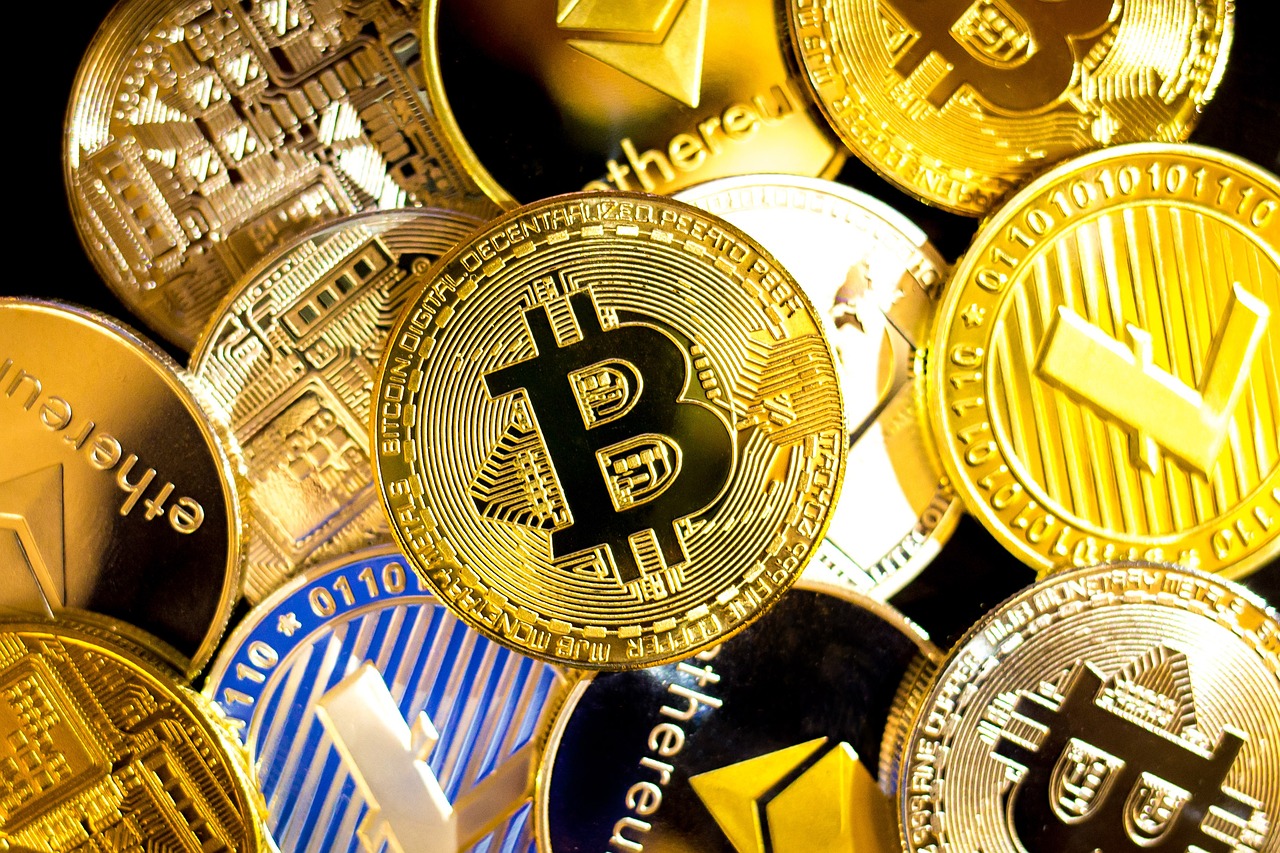
Recognizing Scams and Fraud
In the fast-paced world of cryptocurrency, recognizing scams and fraud is crucial for protecting your investments. With the rise of digital currencies, the number of malicious schemes has also skyrocketed, making it essential for users to be vigilant. Scammers are constantly evolving their tactics, and what worked yesterday may not work today. So, how can you stay one step ahead of these fraudsters? Understanding the common types of scams is the first step toward safeguarding your assets.
One of the most prevalent tactics used by scammers is phishing attacks. These attacks often involve fake emails or websites designed to look legitimate, tricking users into divulging sensitive information like passwords or private keys. Imagine receiving an email that appears to be from your favorite exchange, prompting you to log in to verify your account. If you click the link and enter your details, you could be handing over your credentials to a thief. To avoid falling victim to phishing, always check the URL of the website and ensure it starts with https://. Additionally, hovering over links to see their actual destination can help you avoid clicking on malicious ones.
Another significant threat comes from fake exchanges. These fraudulent platforms can lure unsuspecting users with promises of high returns or low trading fees, only to disappear with your funds. To protect yourself, it's vital to conduct thorough research before trading on any exchange. Look for reviews, check their registration and regulation status, and verify their security features. A legitimate exchange will have a solid reputation and transparent practices. If something seems too good to be true, it probably is!
Additionally, always be wary of unsolicited offers or messages claiming to help you grow your investments quickly. Scammers often create a sense of urgency, pressuring you to act fast without thinking. Remember, legitimate investment opportunities do not require you to rush or make hasty decisions. Take your time to research and evaluate any offers you receive.
Here's a quick overview of some common scams to watch out for:
- Phishing Emails: Emails that ask for sensitive information or direct you to fake websites.
- Pump and Dump Schemes: Coordinated efforts to inflate the price of a cryptocurrency to sell at a profit, leaving later investors with worthless assets.
- Investment Scams: Promises of guaranteed returns on investments that require you to send money upfront.
Being informed and cautious is your best defense against scams and fraud in the cryptocurrency world. Always trust your instincts—if something feels off, it probably is. By taking the time to educate yourself about these threats, you can navigate the complex landscape of cryptocurrency exchanges and wallets with greater confidence and security.
Q: What should I do if I suspect I've been scammed?
A: If you suspect you've been scammed, immediately stop all transactions and report the incident to the relevant authorities and the platform you were using. Change your passwords and enable two-factor authentication to secure your accounts.
Q: How can I verify if an exchange is legitimate?
A: Check for reviews, regulatory status, and security measures. Look for information on their website, social media presence, and user feedback to gauge their credibility.
Q: What are the signs of a phishing attack?
A: Signs include poor grammar in emails, suspicious URLs, and requests for sensitive information. Always verify the sender's email address and be cautious with links.
Q: Can I recover my funds if I fall victim to a scam?
A: Recovery is often difficult, but you should report the scam to authorities and your bank. They may be able to assist, but success is not guaranteed.
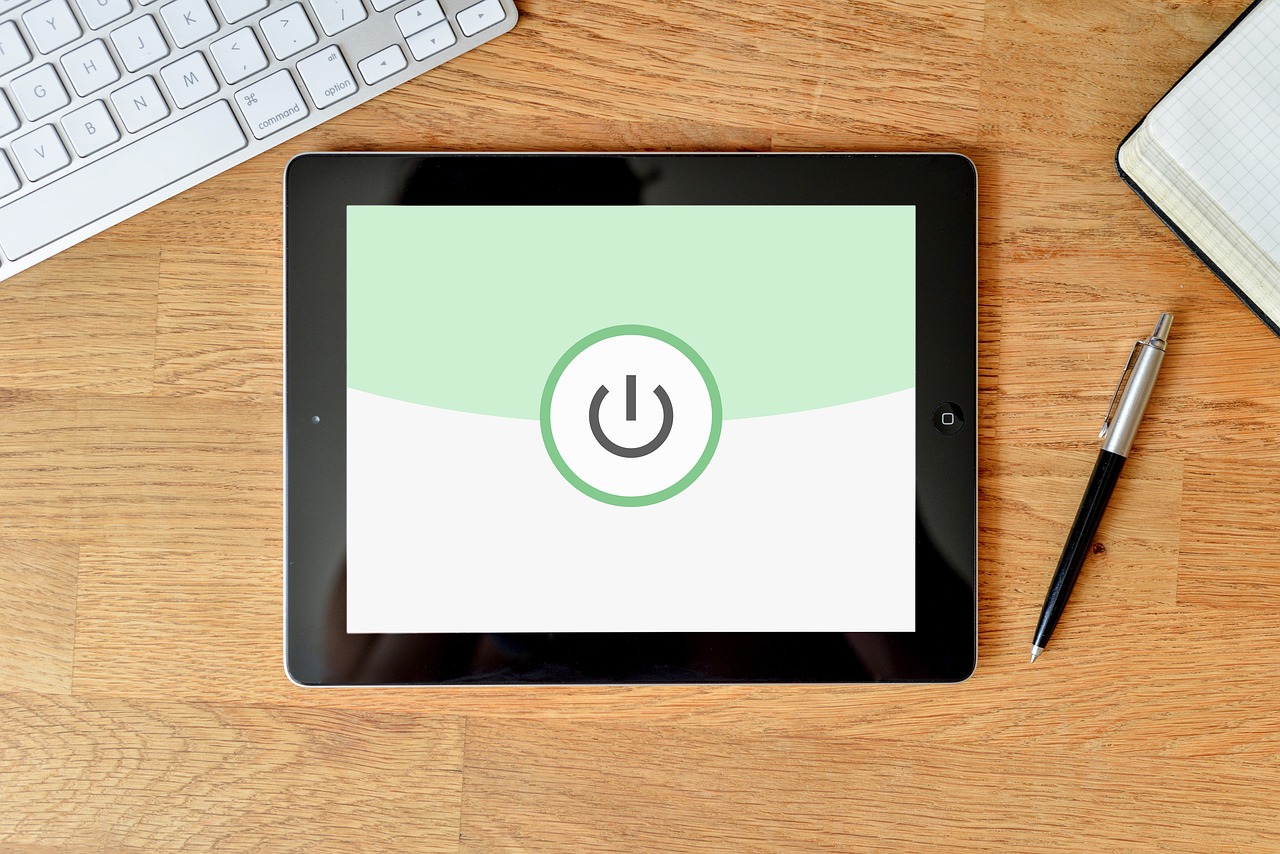
Phishing Attacks
Phishing attacks are like the wolves in sheep's clothing of the online world. They often disguise themselves as legitimate communications, tricking unsuspecting users into revealing sensitive information such as passwords, private keys, or personal identification details. Imagine receiving an email that looks just like it’s from your favorite cryptocurrency exchange, urging you to click a link to verify your account. It’s alarming how easily people can fall into this trap, especially when the email appears authentic.
These attacks can take various forms, including emails, text messages, or even social media messages. The common thread is their deceptive nature. For instance, a phishing email might contain a link that leads to a fake website, designed to look exactly like the real one. Once you enter your login credentials, the attackers can seize that information and wreak havoc on your accounts. To help you stay vigilant, here are some signs that can indicate a phishing attempt:
- Urgent Language: Phishing messages often create a sense of urgency, pressuring you to act quickly.
- Suspicious Links: Hover over links to see where they lead before clicking. If the URL looks strange or doesn't match the official site, don’t click it!
- Generic Greetings: Legitimate organizations usually address you by name, while phishing attempts may use generic greetings like "Dear Customer."
To combat these attacks, it’s essential to adopt a proactive mindset. Always verify the sender's email address, and be cautious about clicking links in unsolicited emails. Instead, navigate to the official website directly through your browser. Furthermore, consider using browser extensions that can help identify and block phishing sites. These tools act as your digital bodyguards, providing an extra layer of security as you navigate the treacherous waters of online transactions.
In conclusion, staying aware and informed is your best defense against phishing attacks. By understanding how these scams work and recognizing the warning signs, you can significantly reduce your risk of falling victim to such malicious schemes. Remember, if something feels off, it probably is. Trust your instincts, and always prioritize your online safety.
Q1: What should I do if I think I've fallen for a phishing attack?
A1: If you suspect that you’ve provided sensitive information to a phishing site, immediately change your passwords and enable two-factor authentication on your accounts. Contact your cryptocurrency exchange or wallet provider to report the incident.
Q2: How can I tell if an email is a phishing attempt?
A2: Look for signs such as poor spelling and grammar, generic greetings, and suspicious links. Always verify the sender’s email address and be cautious of any urgent requests for personal information.
Q3: Are there tools to help prevent phishing attacks?
A3: Yes, there are various browser extensions and security software designed to identify and block phishing attempts. Keeping your software and browser updated also helps protect against these threats.
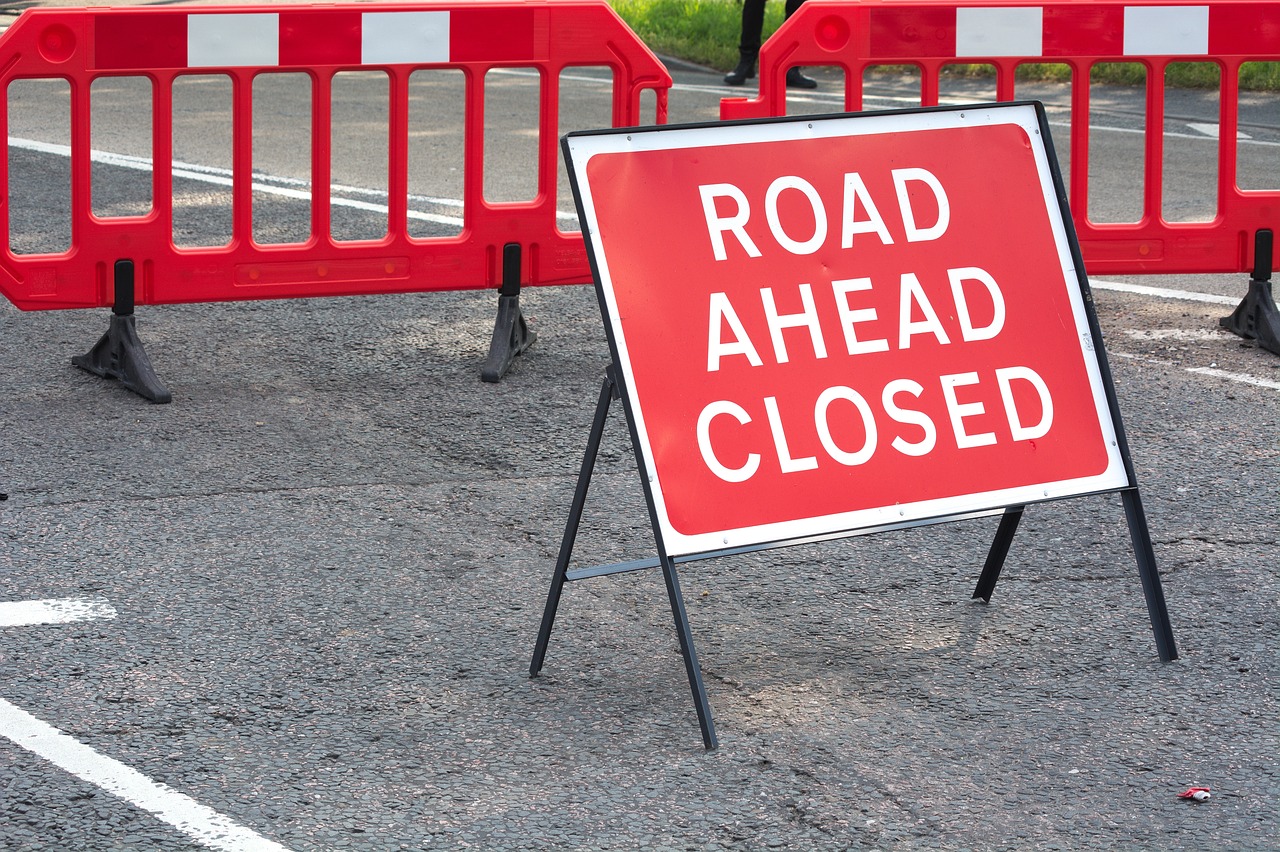
Fake Exchanges
In the fast-paced world of cryptocurrency, the allure of quick profits can sometimes cloud our judgment, leading us to fall prey to fake exchanges. These fraudulent platforms are designed to mimic legitimate exchanges, tricking users into depositing their hard-earned money with the promise of high returns. It's crucial to understand how these scams operate to protect your investments effectively. Just like a mirage in the desert, fake exchanges can appear enticing but often lead to nothing but disappointment and financial loss.
One of the primary tactics used by these fraudulent exchanges is to create a polished and professional-looking website. They often utilize similar branding and web design elements as reputable exchanges, making it challenging for the average user to discern the difference. To help you spot these scams, here are some red flags to watch out for:
- Too Good to Be True Offers: If an exchange promises exorbitant returns or guarantees profits, it's a major warning sign.
- Unverified Licenses: Legitimate exchanges are usually registered and regulated. Check for proper licensing and registration details.
- Poor Customer Support: If you can't find reliable customer support or if responses are vague, it may indicate a scam.
- Negative Reviews: Conduct thorough research and check reviews from multiple sources. If you see a pattern of complaints, steer clear.
Additionally, some fake exchanges may employ phishing tactics, directing users to counterfeit websites via email or social media. Always double-check the URL and ensure you are on the official site before entering any personal information. It's like checking the locks on your doors before leaving home; a small precaution can save you from significant loss.
To further illustrate the differences between legitimate and fake exchanges, consider the following table:
| Feature | Legitimate Exchange | Fake Exchange |
|---|---|---|
| Regulation | Registered and regulated by financial authorities | Unregulated or falsely claims to be regulated |
| Customer Support | Responsive and helpful customer service | Poor or non-existent customer support |
| Security Features | Two-factor authentication, cold storage, and encryption | Minimal or no security measures |
| User Reviews | Positive feedback and user experiences | Numerous negative reviews and complaints |
In conclusion, the world of cryptocurrency is rife with opportunities, but it also harbors dangers, particularly in the form of fake exchanges. By being vigilant and recognizing the signs of a scam, you can safeguard your investments and ensure that your cryptocurrency journey is both profitable and secure. Remember, if something feels off, trust your instincts and do your due diligence before committing your funds.

Keeping Your Software Updated
In the fast-paced world of cryptocurrency, is not just a suggestion—it's a necessity. Think of your software as the gatekeeper to your digital assets. If that gatekeeper is outdated, it becomes an easy target for hackers and malicious software. Just like you wouldn't leave your front door unlocked, you shouldn't leave your cryptocurrency vulnerable by neglecting software updates.
Updates often come with essential security patches that fix vulnerabilities that could be exploited by cybercriminals. Imagine a bank that never upgrades its security systems; it would be an easy mark for thieves. Similarly, outdated wallets and exchanges can be breached, leading to the loss of your hard-earned investments. Regularly updating your software ensures that you are fortified against the latest threats in the ever-evolving landscape of cybercrime.
Moreover, software updates can enhance the functionality of your tools, providing you with new features and improved user experiences. For instance, a wallet update might introduce new security measures or a more intuitive interface, making it easier for you to manage your assets. So, not only are you safeguarding your investments, but you're also ensuring that you have the best tools at your disposal.
To make the process of keeping your software updated easier, consider the following best practices:
- Enable Automatic Updates: Most software applications allow you to enable automatic updates. This feature ensures that you receive the latest security patches and improvements without having to remember to do it manually.
- Regularly Check for Updates: If automatic updates aren't an option, make it a habit to check for updates at least once a week. This simple step can save you a lot of trouble in the long run.
- Stay Informed: Follow the official channels of the wallets and exchanges you use. They often announce important updates and security advisories that can help you stay ahead of potential threats.
In conclusion, keeping your software updated is a fundamental part of maintaining the security of your cryptocurrency investments. It’s a simple yet effective way to protect yourself in a world where cyber threats are constantly evolving. Remember, the more proactive you are about your software, the safer your digital assets will be.
Q1: How often should I update my software?
A1: It's advisable to check for updates at least once a week. If you have automatic updates enabled, you can relax a bit, but it's still good to stay informed about any new releases.
Q2: What should I do if I suspect my software is outdated?
A2: Immediately check for updates through the application or the official website. If you find that you're behind, update your software as soon as possible.
Q3: Can I lose my cryptocurrency if I don’t update my software?
A3: Yes, failing to update your software can expose your wallet to vulnerabilities that hackers can exploit, potentially leading to the loss of your funds.
Q4: Are automatic updates safe?
A4: Generally, yes. Automatic updates from reputable sources are designed to enhance security and functionality. However, always ensure that your software is from a trusted provider.
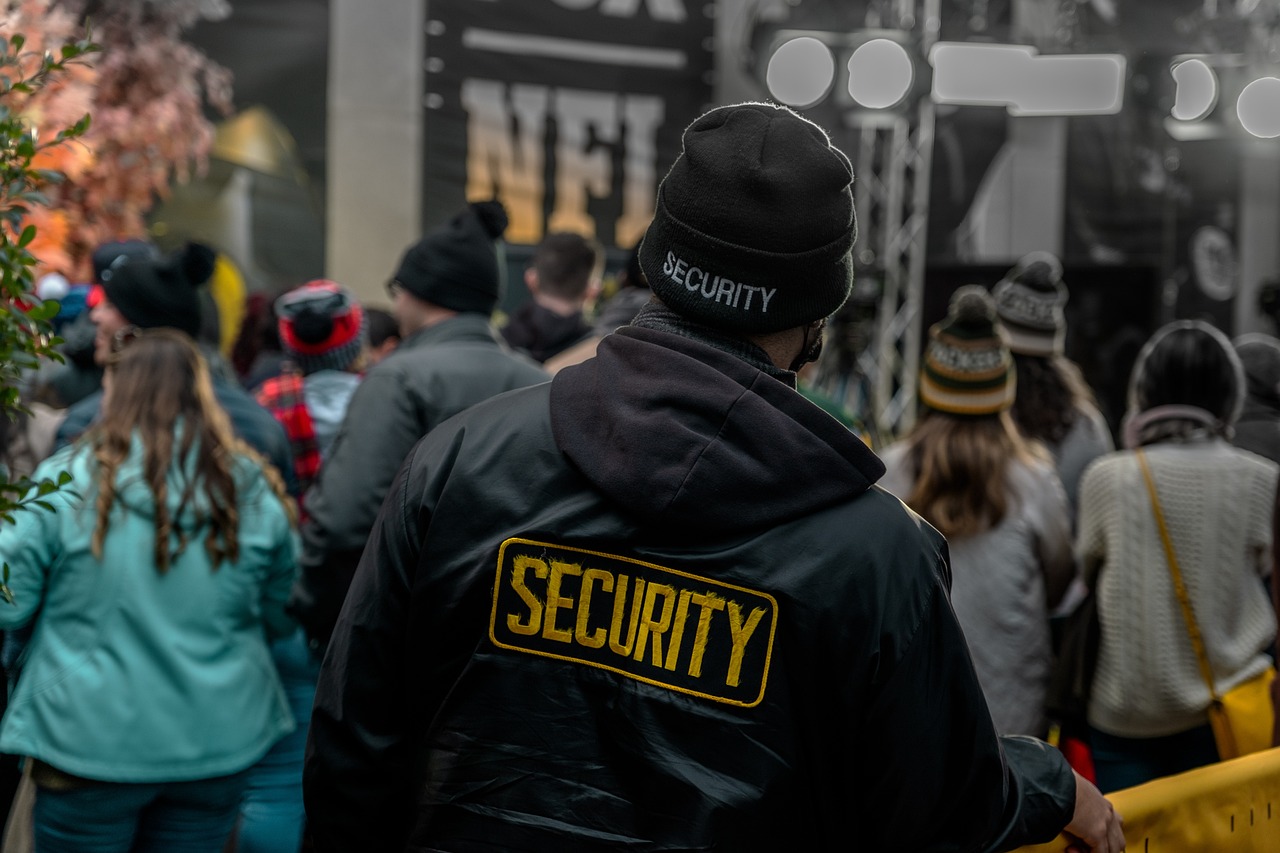
Using Two-Factor Authentication
In today’s digital world, where cyber threats lurk at every corner, protecting your cryptocurrency investments has never been more critical. One of the best ways to bolster your security is by enabling Two-Factor Authentication (2FA). But what exactly is 2FA, and why is it so important? Simply put, 2FA adds an extra layer of security to your accounts by requiring not just a password but also a second piece of information that only you possess. This could be a text message, an email, or an authentication app. It’s like having a double lock on your door—one is your password, and the other is the key you receive on your phone.
Imagine this scenario: You’ve meticulously chosen a secure wallet, and you’ve even implemented strong passwords. However, if a hacker gets a hold of your password, they can easily access your account. This is where 2FA comes into play. With 2FA enabled, even if a malicious actor manages to steal your password, they would still need that second factor—often a temporary code sent to your smartphone—to get in. This significantly reduces the risk of unauthorized access and gives you peace of mind knowing that your assets are better protected.
Setting up 2FA is generally straightforward. Most reputable exchanges and wallets provide clear instructions for enabling this feature. Here’s a quick rundown of the steps you might take:
- Log into your account and navigate to the security settings.
- Look for the option labeled Two-Factor Authentication or 2FA.
- Choose your preferred method for receiving the second factor (SMS, email, or an authentication app).
- Follow the prompts to complete the setup, which may include scanning a QR code or entering a verification code.
- Once set up, make sure to save any backup codes provided in case you lose access to your 2FA device.
While 2FA is a powerful tool, it’s essential to remember that it’s not infallible. Some phishing attacks may target your 2FA codes, especially if you’re using SMS as your second factor. For this reason, it’s recommended to use an authentication app, such as Google Authenticator or Authy, which generates time-based codes that are much harder for hackers to intercept. This method is like having a safe within your safe, making it exceedingly difficult for anyone to breach your defenses.
In conclusion, enabling Two-Factor Authentication on your cryptocurrency accounts is a crucial step toward securing your investments. It’s an easy and effective way to enhance your security posture. As the landscape of cyber threats continues to evolve, staying one step ahead by implementing robust security measures like 2FA can make all the difference in protecting your hard-earned assets.
Q: What is Two-Factor Authentication?
A: Two-Factor Authentication (2FA) is a security process that requires two different forms of identification to access an account, typically a password and a second factor like a code sent to your phone.
Q: Why should I use 2FA?
A: Using 2FA significantly enhances the security of your accounts by making it harder for unauthorized users to gain access, even if they have your password.
Q: What is the best method for 2FA?
A: While SMS is commonly used, authentication apps like Google Authenticator or Authy are generally considered more secure because they generate codes that are not transmitted over the internet.
Q: Can I still access my account if I lose my 2FA device?
A: Most services provide backup codes when you set up 2FA. It’s essential to keep these codes in a safe place, as they can be used to regain access if you lose your device.

Staying Informed About Security Trends
In the fast-paced world of cryptocurrency, staying informed about security trends is not just a good practice; it's a necessity. The landscape of digital currencies is constantly changing, with new threats emerging and old ones evolving. Imagine trying to navigate a maze where the walls shift every few seconds; that’s what it feels like to stay ahead in the crypto game. By keeping yourself updated, you can better protect your investments and personal information from the ever-present dangers lurking online.
One effective way to stay informed is by following reputable news sources and blogs dedicated to cryptocurrency and cybersecurity. Websites like CoinDesk and Crypto News Flash provide timely updates on the latest security breaches, new scams, and emerging technologies. Additionally, subscribing to newsletters from these sources can ensure that critical information lands directly in your inbox, keeping you one step ahead of potential threats.
Moreover, engaging with the community through forums like Reddit or BitcoinTalk can provide valuable insights. Often, community members share their experiences with scams or vulnerabilities, which can serve as a warning for others. Think of it as having a group of friends who look out for you in a crowded room; they can help you spot trouble before it finds you.
Another crucial aspect of staying informed is participating in webinars and online courses focused on cryptocurrency security. These sessions often feature industry experts who share their knowledge about the latest threats and preventative measures. By investing time in education, you not only enhance your understanding but also empower yourself to make informed decisions that can safeguard your assets.
Finally, consider following influential figures in the cryptocurrency space on social media platforms. Many experts share real-time updates and security tips that can be incredibly beneficial. However, always remember to verify the credibility of the information before acting on it, as misinformation can spread just as quickly as valuable insights.
In summary, staying informed about security trends in the cryptocurrency world is vital for protecting your investments. By utilizing reputable resources, engaging with the community, participating in educational opportunities, and following industry leaders, you can navigate the complex landscape of digital currencies with confidence. As the saying goes, "knowledge is power," and in this case, it could very well be the key to your financial safety.
- What are some reliable sources for cryptocurrency news? Websites like CoinDesk and Crypto News Flash are excellent for staying updated.
- How can I identify potential scams? Stay informed about common scams and engage with community discussions to learn from others' experiences.
- Is it worth attending online courses on cryptocurrency security? Absolutely! They can provide valuable insights and enhance your understanding of security measures.
- How can social media help in staying informed? Following experts on platforms like Twitter can give you real-time updates and tips on security trends.
Frequently Asked Questions
- What is a public exchange?
A public exchange is an online platform that allows users to buy, sell, and trade cryptocurrencies. These exchanges are accessible to anyone and typically offer a variety of cryptocurrencies for trading. However, it's essential to choose reputable exchanges to ensure the safety of your transactions.
- What are the differences between hot wallets and cold wallets?
Hot wallets are connected to the internet, making them convenient for quick transactions but more vulnerable to hacks. Cold wallets, on the other hand, store your cryptocurrency offline, providing enhanced security against online threats. It's crucial to understand these differences to choose the right wallet for your needs.
- How can I recognize phishing attacks?
Phishing attacks often come in the form of emails or messages that appear to be from legitimate sources, asking you to provide sensitive information. Look out for suspicious links, poor grammar, or generic greetings. Always verify the sender's identity before clicking on any links or providing personal details.
- What should I do if I suspect a fake exchange?
If you suspect an exchange is fake, do not engage with it. Look for reviews, check their website for security features, and verify their registration. Legitimate exchanges usually have a solid online presence and are transparent about their operations.
- Why is two-factor authentication important?
Two-factor authentication (2FA) adds an extra layer of security by requiring a second form of verification beyond just your password. This makes it significantly harder for unauthorized users to access your accounts, protecting your cryptocurrency holdings from theft.
- How often should I update my wallet software?
It's essential to update your wallet software regularly, ideally as soon as updates are available. These updates often include security patches that protect against newly discovered vulnerabilities, ensuring your assets remain safe.
- What are some best practices for wallet security?
Some best practices for wallet security include using strong, unique passwords, enabling two-factor authentication, regularly updating your software, and keeping backups of your private keys in a secure location. Always be cautious about sharing your information.
- How can I stay informed about security trends in cryptocurrency?
Staying informed about security trends can be done by following reputable cryptocurrency news websites, joining online forums, and subscribing to newsletters from trusted sources. Engaging with the community can also provide valuable insights into emerging threats and best practices.



















